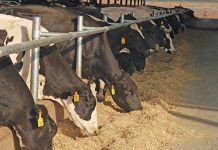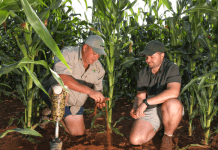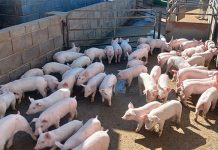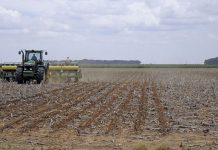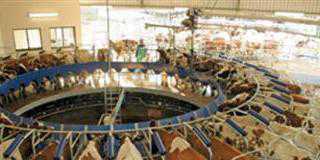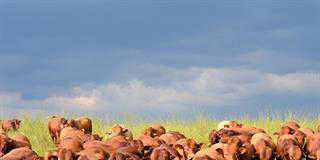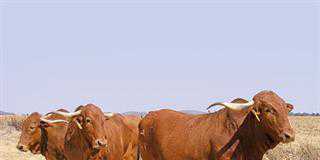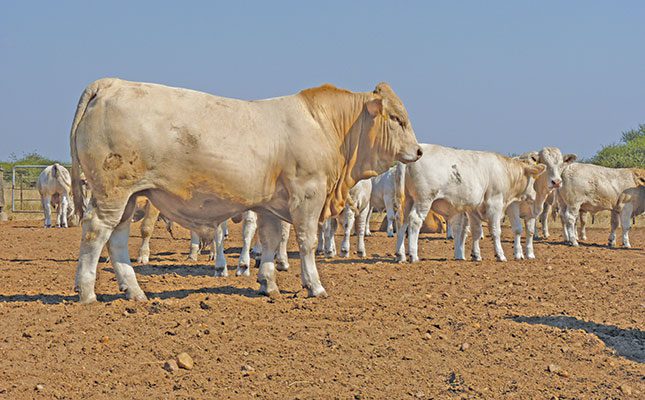
Photo: Supplied
Why should I do performance testing?
The answer to this question is simply that you need to measure to know if you are making progress or going backwards. If you do not measure, you cannot know how your animals are performing in terms of their efficiency.
Your bull has by far the greatest impact on the genetic progress of your herd; at any one time your breeding bull makes up to 50% of the genetics of your herd.
By doing Phase C or D tests, you will be able to determine if you are achieving your breeding objectives, in particular when it comes to how feed efficient your animals are and also their growth traits in terms of daily gain.
Due to a continuous rise in the population that is associated with an increased demand for protein, sustainable beef production is also becoming more important to ensure the demand is met over the long term. Together with the rise in the population, the natural resources are also under pressure and beef producers need to produce the proverbial “more from less”.
In South Africa, livestock production contributes substantially to food security. The livestock sector is also a major role player in the conservation of biodiversity through a variety of well-adapted indigenous and non-indigenous breeds, as well as rare game species.
The South African beef industry is challenged by globalisation, increasing volumes and competition, strong industrialisation of the value chain, shortage of skilled staff and pressures to meet changing customer needs.
Importance of data
All this stresses the importance of having data and information pertaining to how efficient we are and the level of the genetics of our national herd.
Feed is one of the major cost drivers of beef production, and due it high cost, it is important to have a positive feed margin. A positive feed margin can be influenced by the feed price and feed efficiency (gain/kg feed consumed). This can be achieved by improving the average daily gain (ADG) and reducing the feed costs by breeding animals that utilise feed more efficiently.
The National Beef Recording and Improvement Scheme (NBRIS) was established in accordance with Section 20 of the Animal Improvement Act, 1998 (Act 62 of 1998), whereby the performance of animals is recorded and progeny summaries are calculated.
The NBRIS of the Agricultural Research Council (ARC) has seven phases, namely:
- Reproduction phase (Phase A1)
- Suckling phase (Phase A2)
Post-weaning phases:
- On-farm recordings (Phase B)
- Central performance tests (Phase C)
- On-farm performance tests (Phase D)
- Feedlot recordings (Phase E1)
- Slaughter phase (Phase E2)
Table 1 follows a comparison between Phase C and D.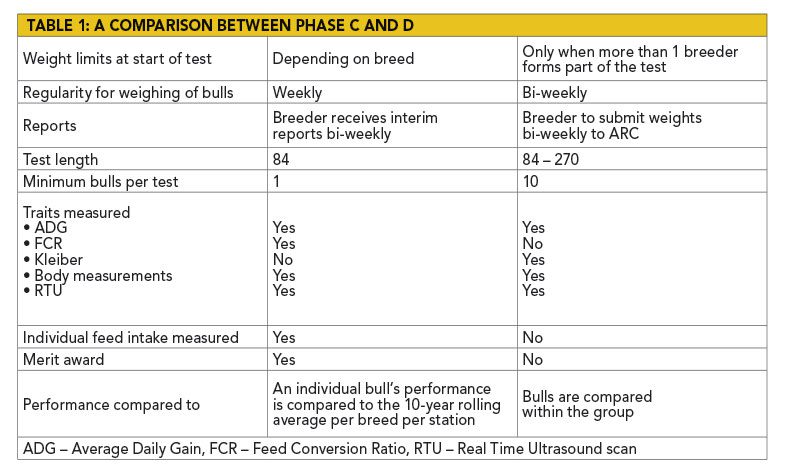
Both phases C and D have advantages as indicated in table 1. Phase C is the only test where individual feed intake can be measured. Bulls are fed individually and weighed weekly and feed intake is also measured weekly.
On a bi-weekly basis when interim reports are issued, the ADG and feed conversion ratio (FCR) are calculated. FCR is a ratio of the amount of feed consumed by the bull and the weight gained over the test period. Currently the average FCR in SA is 4.5 – 7.5 across all breeds.
In Phase D tests, individual feed intake cannot be measured; there is, however, a Kleiber ratio value calculated.
The Kleiber ratio is a useful indicator of growth efficiency and an indirect selection criterion for feed conversion. Phase C tests are more expensive than Phase D tests because the former is an intensive test (lasting 84 days) with individual feed intake calculated.
The global trend is, however, to focus more on RFI (residual feed intake) since it is phenotypically independent of growth and body weight. The trait is also moderately heritable (18% to 49%), which enable us to improve feed efficiency by selecting for efficient animals.
RFI is the difference between actual and predicted feed intake and in line with an animal’s maintenance requirements in relation to its body weight and growth.
It is suggested that it may be more desirable to select for a trait such as RFI, since, by
selecting for high ADG and low FCR may result in bigger animals with higher maintenance requirements.
Feed costs amount to 55% to 70% of the total production cost, and a 10% improvement in feed efficiency of animals may result in a feed cost saving of several hundred million rand per annum.
Feedlot studies in the US showed that a 10% improvement in ADG as a result of a 7% increase in intake improved profitability by 18%, whereas a 10% improvement in feed efficiency returned a 43% increase in profits. By improving feed efficiency, it will thus significantly contribute to a more sustainable and profitable production system.
Email Melville Ferreira at [email protected].

